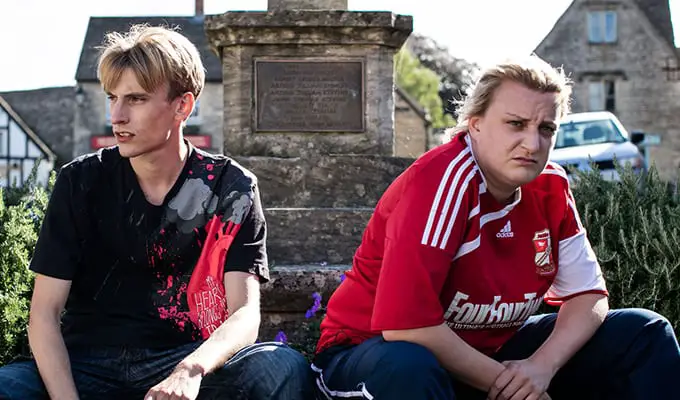-
The Tale of Mr Jeremy Fisher by Beatrix Potter Analysis

The Tale of Mr. Jeremy Fisher (1906) is one of Beatrix Potter’s more popular stories, and is an excellent example of how to write a sympathetic main character. Publishers had been telling Potter since she wrote it in 1893 for her last nanny’s son that frogs aren’t cute and fluffy enough to warrant main character […]
-
Mrs Tiggy-Winkle by Beatrix Potter Analysis
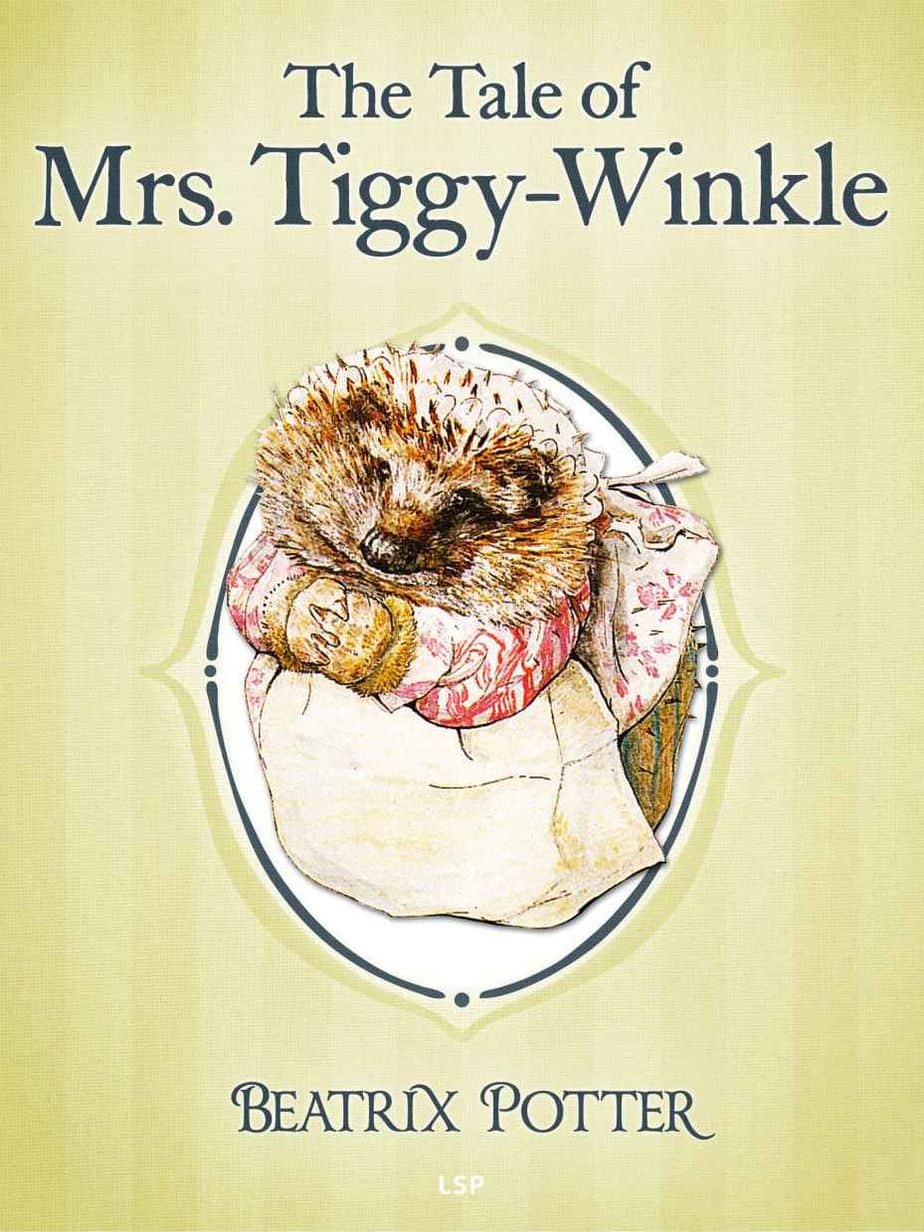
Beatrix Potter wrote Mrs. Tiggy-Winkle specifically to appeal to girls. She thought that Lucie’s feminine garb, with its emphasis on the lost clothing items (o, calamity!), would appeal to girls especially. Even today, authors and publishers are creating children’s books for the gender binary* e.g. this book will appeal to boys because X; this will […]
-
The Scary Kitchen in Children’s Stories
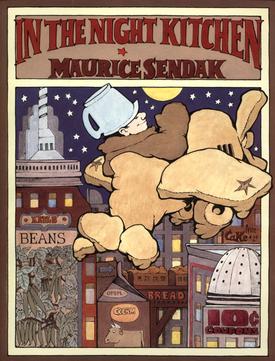
Most often, kitchens in children’s literature serve as metonyms of familial happiness, but every so often you do find a scary kitchen in which not all is well. The kitchen is the perfect place for a scary scene because it is at once close to home (in fact the hub of the home) and contains […]
-
A Country Where You Once Lived by Robin Black Analysis
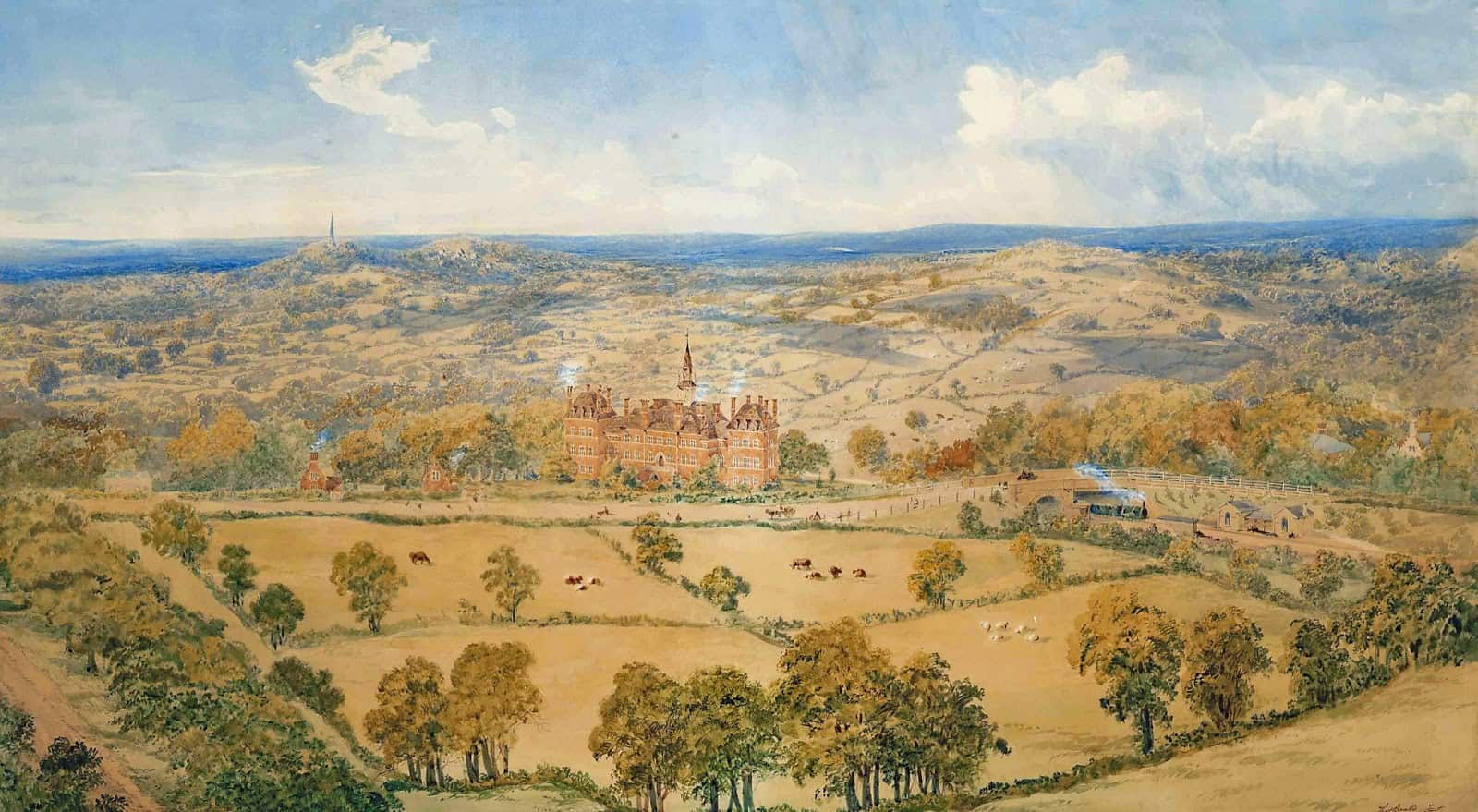
“A Country Where You Once Lived” by Robin Black (2010) is a great example of a short story in which the present story plays out alongside the backstory of a stand-out inflection point (“fulcrum”) which happened 13 years earlier. Two separate time periods merge into one. Whenever this happens in a story we are reminded […]
-
Pine a Short Story by Robin Black Analysis
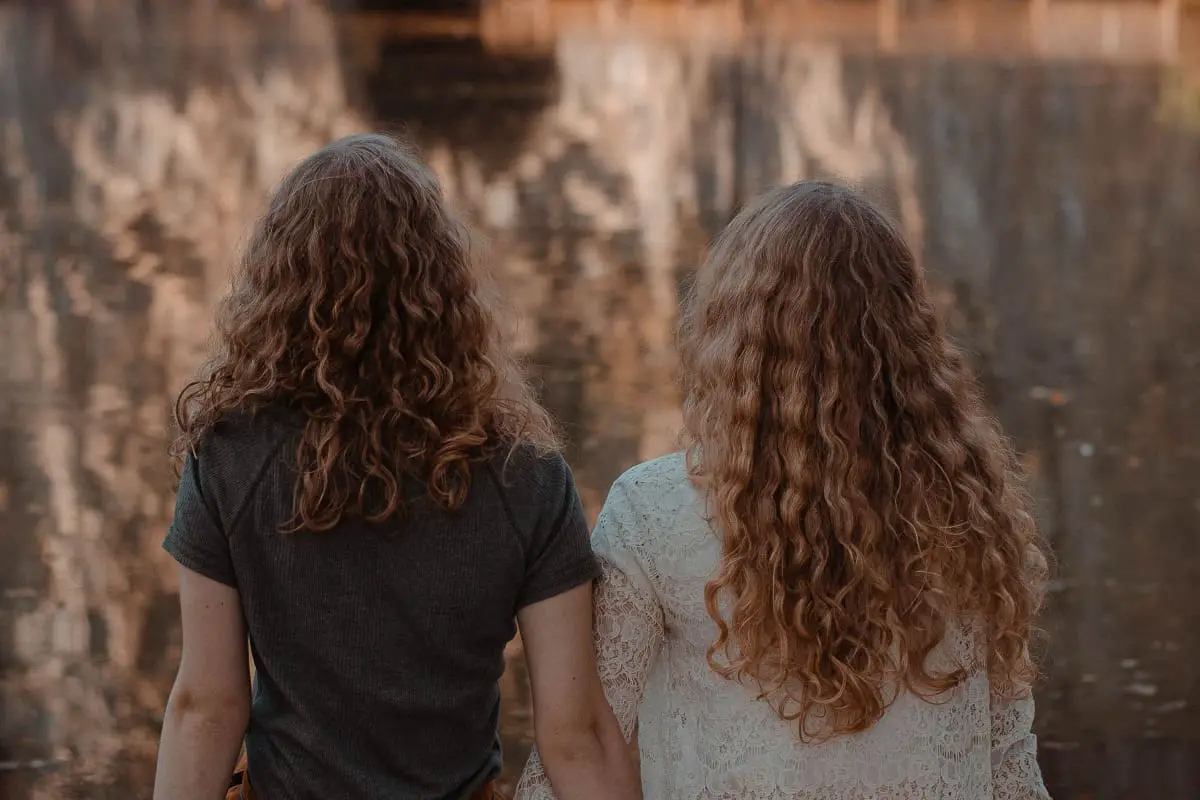
“Pine” is a short story from a collection called If I Loved You, I Would Tell You This published 2010, written by Robin Black. This is a wonderful example of a contemporary story loosely based on an old fairytale—this time it’s Bluebeard. “Pine” is also an excellent example of a story which centres a homophone […]
-
The Thrill of the Chase in Storytelling

In the spoof Thriller Concept Generator below, cartoonist Tom Gauld captures the centrality of the chase sequence in the thriller genre.
-
Satire, Parody, Pastiche and Farce
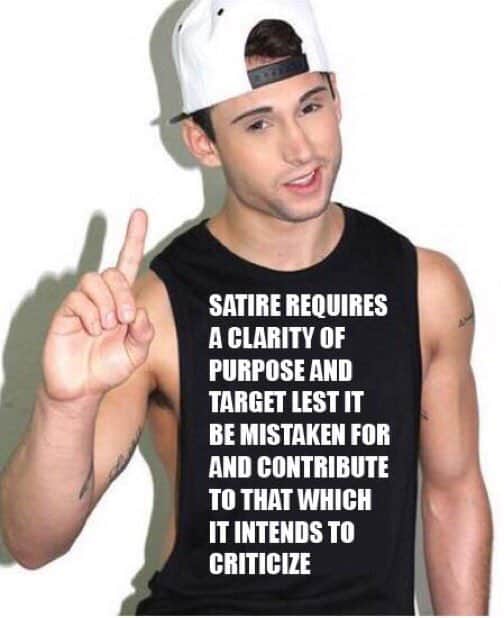
What’s the difference between satire, parody and farce? What about the difference between satire and irony? I frequently conflate these terms, so I looked up some definitions and examples. SATIRE Satire that lacks a clarity of target/intent is just support, whether that’s intended or not. – Real satire punches up. – The US dealt with […]
-
Rabbits and Hares in Art and Storytelling
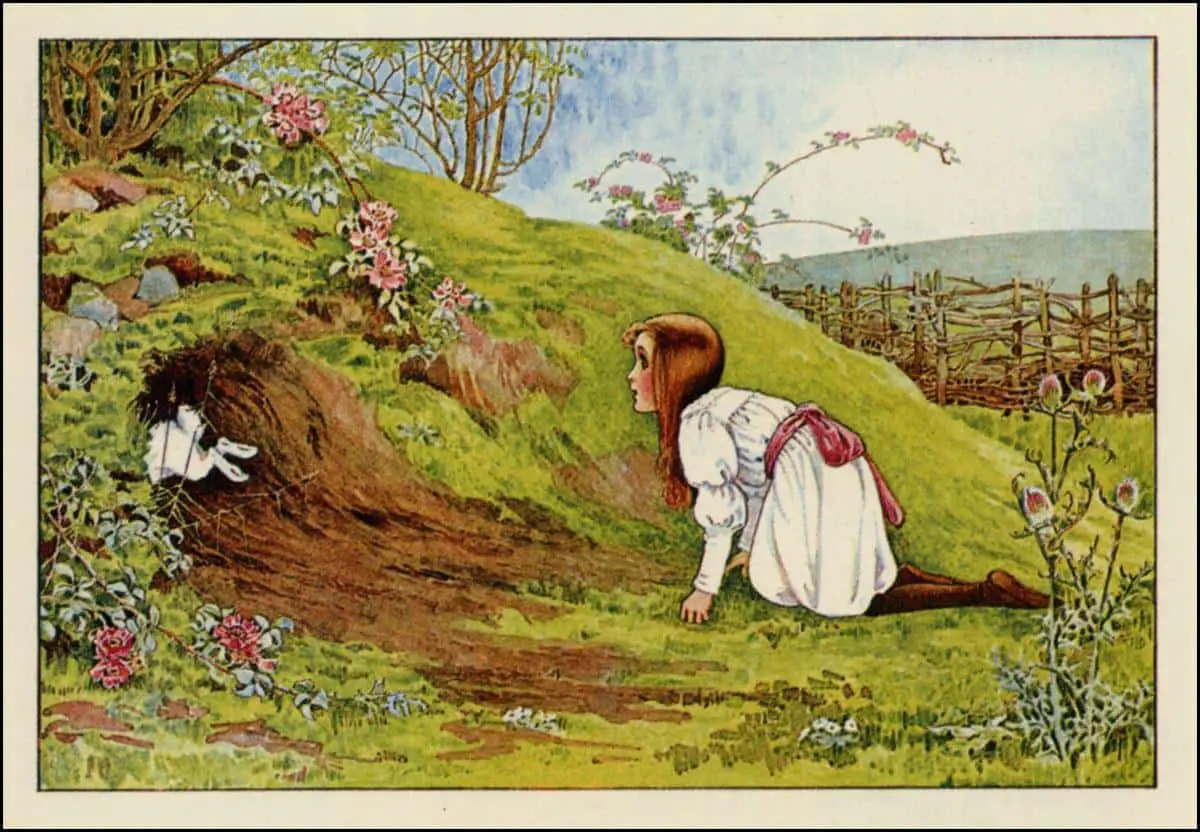
Rabbits are strongly associated with babies and early childhood. They appear often in stories and art for children. But what about hares?
